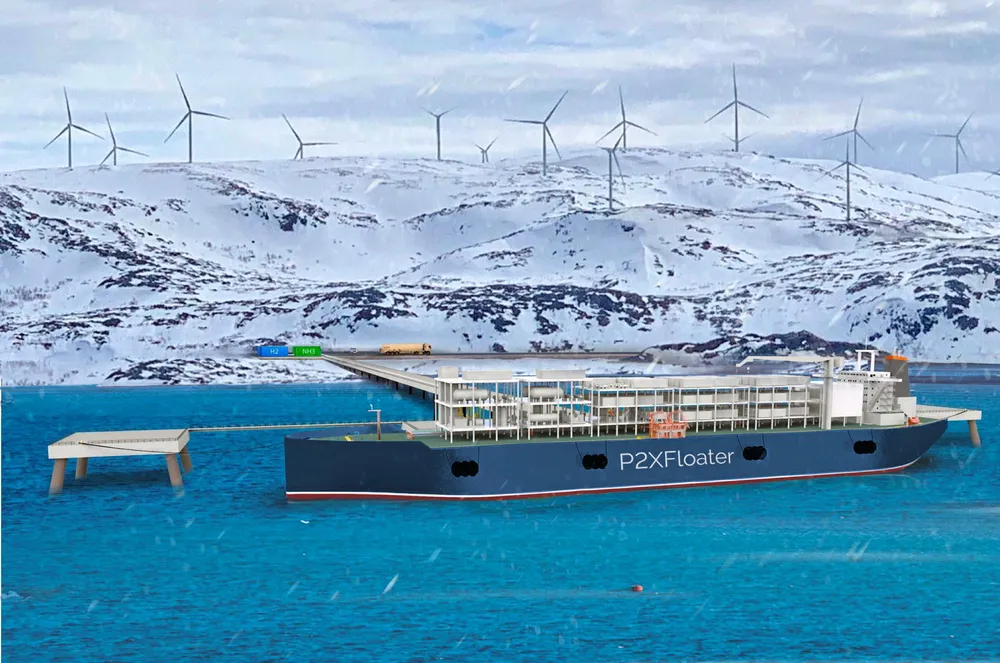Plan unveiled to produce green hydrogen and ammonia on a ship connected to a 1.5GW wind farm in Greenland
The PXFloater vessel allows H2 and NH3 to be produced in places where renewable energy is cheapest without huge investment in permanent onshore facilities
